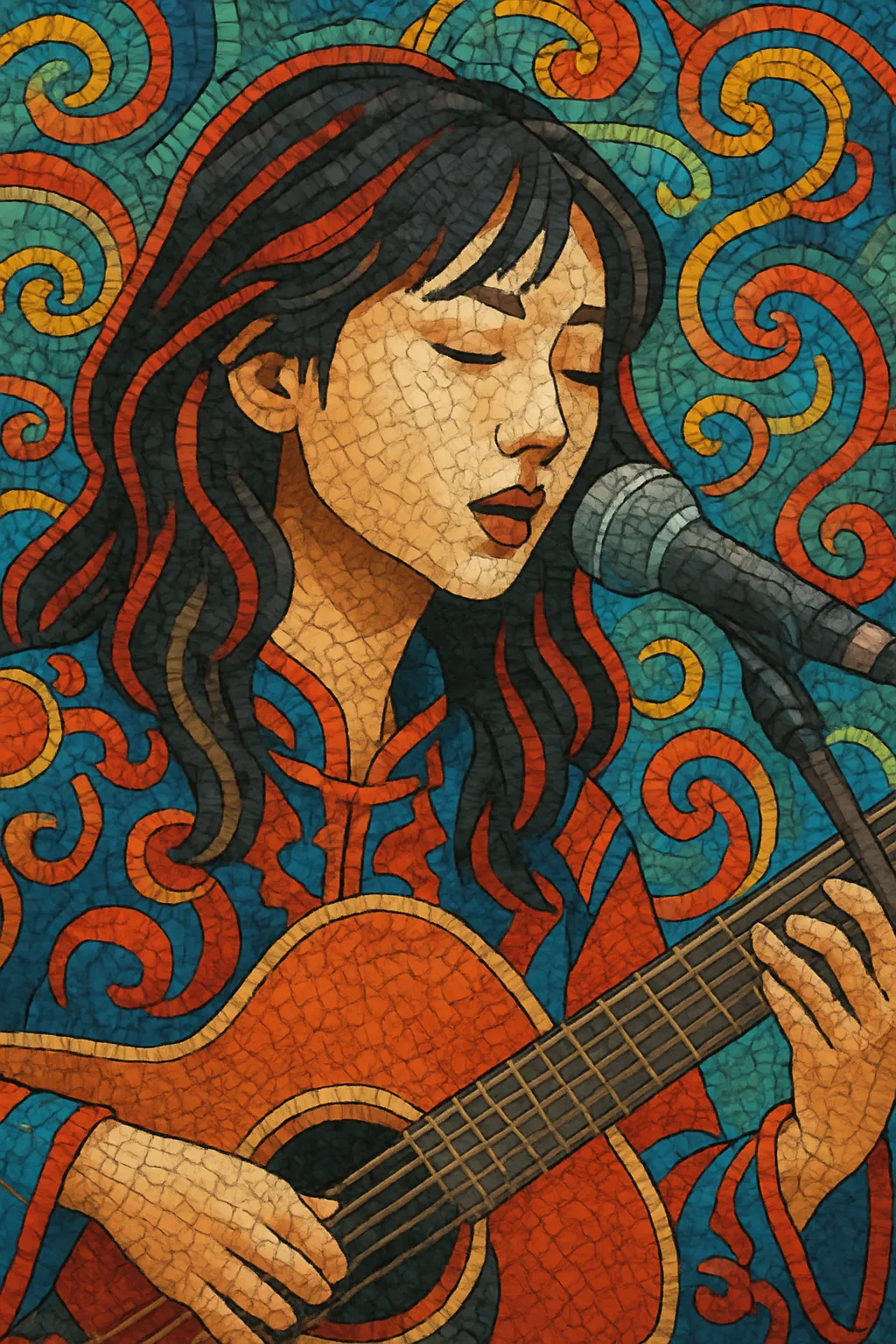C-pop (Chinese popular music) is an umbrella term for contemporary popular music sung primarily in Chinese languages, especially Mandarin and Cantonese, and produced across Mainland China, Hong Kong, Taiwan, and the wider Chinese diaspora. It encompasses well-known streams such as Mandopop and Cantopop while also including works in Hokkien and other Sinitic varieties.
Stylistically, C-pop blends Western pop, R&B, hip hop, rock, and electronic production with Chinese melodic sensibilities and traditional timbres. Hallmarks include memorable vocal-centric hooks, lyric-driven ballads, polished dance-pop, and frequent incorporation of pentatonic flavors and traditional instruments alongside modern synths and drums.
C-pop is culturally influential across East and Southeast Asia, with stars whose appeal rests on both musical craft and multimedia presence (film/TV, variety shows, social platforms).
Modern Chinese popular music coalesced in cosmopolitan Shanghai during the 1920s–30s. The style known as shidaiqu fused Chinese melodic idioms and theatrical songcraft with jazz, swing, and big-band arrangements, laying the foundation for later C-pop.
Following political upheavals, many musicians and industry professionals relocated to Hong Kong and Taiwan. Mandarin pop ballads developed in Taiwan, while Hong Kong’s entertainment scene nurtured Cantonese-language popular songs alongside a thriving film industry.
In the 1970s–80s, Cantopop surged, propelled by television variety shows, cinema, and record labels. Stars such as Anita Mui and Leslie Cheung helped define a sleek, melodic, and dance-ready sound. In parallel, Mandopop grew through Taiwan’s studio culture and cross-border markets, with Teresa Teng’s tender ballads becoming pan-Asian touchstones. By the 1990s, both streams matured with fuller integration of rock, R&B, and electronic influences.
The 2000s brought new authorial voices and genre fusions—Jay Chou’s "zhongguo feng" pop blended hip hop/R&B with traditional Chinese textures, while a new generation of artists embraced EDM, synth-pop, and hip hop aesthetics. Cross-pollination with J-pop and K-pop intensified, and Mandarin-language markets expanded via Greater China and overseas Chinese communities.
Digital platforms, variety-show formats, and short-video apps accelerated discovery and virality. Production values increased, dance-centric performance grew in importance, and niche revivals (e.g., city-pop-inspired sounds) appeared. Today C-pop remains a broad, evolving ecosystem where ballads, rap crossovers, idol pop, and traditional-modern hybrids coexist and regularly chart across the Sinosphere.


